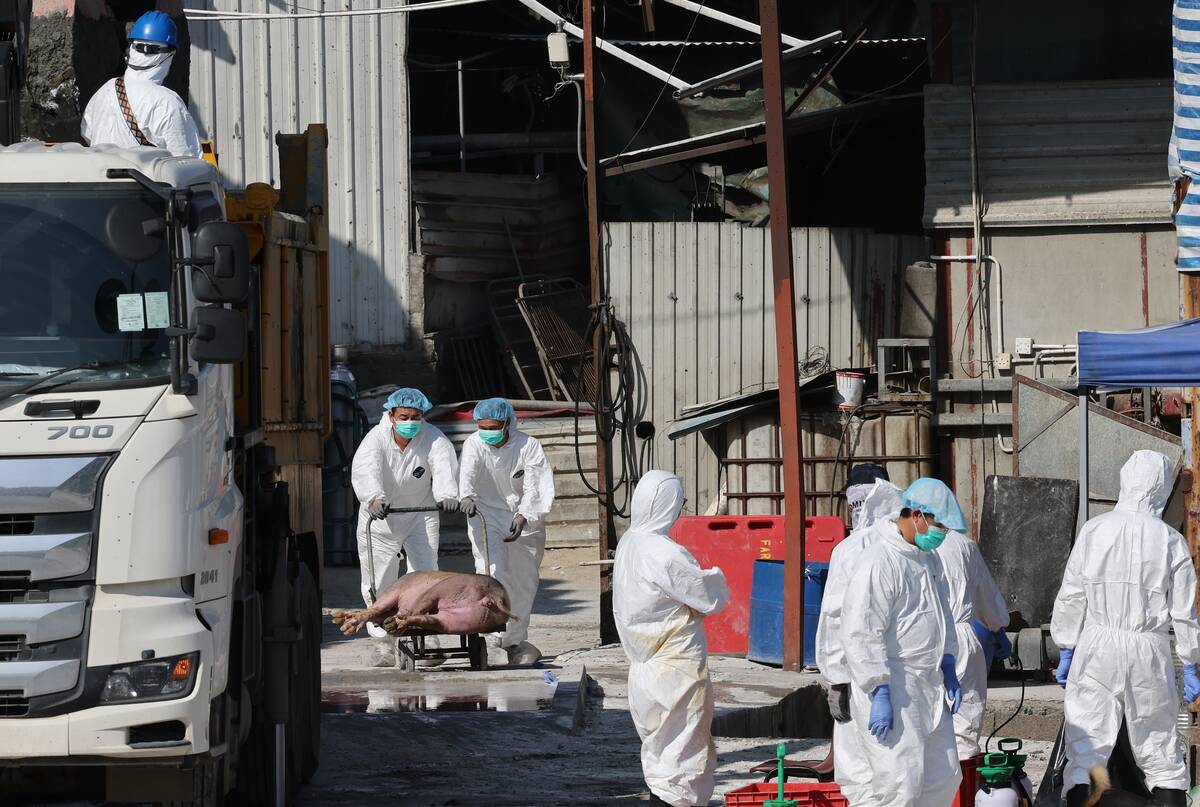Wayne Lees has been a large animal veterinarian since 1975 but wonders if his side of the profession will survive.
“I’ve spent a significant part of my career at the back end of a cow. I was either pushing something in or pulling something out.
“When I started in this profession, we knew that there would always be a significant area of practice that would be focused on pets, and not livestock or food, but things are becoming far out of balance and need some attention,” said Lees.
Read Also

Mixed results on new African swine fever vaccine
The new African swine fever vaccine still has issues, but also gave researchers insight into how virus strain impacts protection against the deadly pig disease.
The federal veterinary epidemiologist was speaking to fellow alumni at the Western College of Veterinary Medicine earlier this month.
When his college on the University of Saskatchewan campus opened in 1964, most Canadians had a direct link to a farm and the production of food.
In the following 40 years, “disposable income in Canada has risen 30 percent, and the relationship to the farm has dwindled” he said.
Paralleling the increased income is a rise in the ownership of companion animals that receive advanced medical care.
“They are members of the family, elevating our pets to the status of furry people that are now receiving every type of care imaginable. In Brazil they get cosmetic surgery … in the (United States) veterinarians are now marketing themselves as the ‘other family doctor.’ “
Lees said demands for designer pet food and expensive health treatments are pushing the vet profession away from work with large animals, food and public health.
Lees said North American reports show 75 percent of veterinary graduates immediately enter small animal practices. And one third of all large animal vets will shift to small animal medicine within five years of graduation.
In Canada, only 11 percent of vets work with large animals, while 31 percent have some form of mixed practice and 58 percent of the 2,900 veterinarians in Canada work exclusively with small animals.
“Our profession is becoming relevant to an increasingly narrow interest group, pet owners,” he said.
Food safety and security, zoonotic diseases and environmental security roles are being avoided by working vets and new graduates and Lees suggested that Canada may soon find it will have a shortage of these doctors.
“Task forces and papers have all concluded that we are in danger of losing the public protection role of the veterinarian in society … but are we acting to stop this trend? No.”
Students can be encouraged to study in these areas but that won’t solve the problem. Lees said the profession is too focused on being clinicians.
The licensing bodies are focused on clinical work and this limits who will be licensed to practise and what roles they can take on. He said the latest North American Veterinary Medical Association exam is based on questions that are mainly clinical in nature.
“This type of an exam excludes most of the knowledge and experience that licensed, foreign vets have,” he said.
Lees said rural Canada could benefit from the immigration of veterinarians from South Africa, New Zealand, Australia and the European Union.
Rural veterinary practices would also benefit by expanding the allowable medical duties for technicians, freeing veterinarians to perform more farm calls.
Lees called on the Canadian Veterinary Medical Association to co-ordinate the effort to harmonize provincial regulations and widen the rules for who can practise in Canada.














